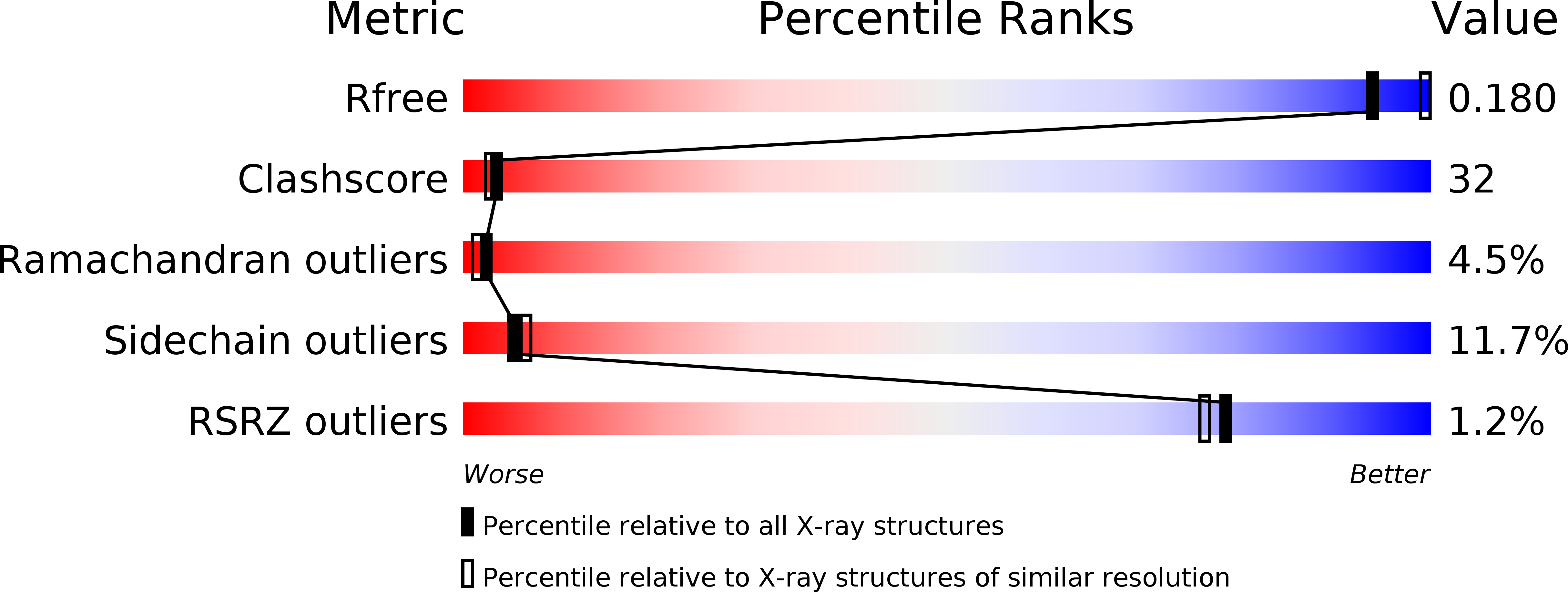
Deposition Date
2005-10-05
Release Date
2006-09-26
Last Version Date
2024-10-30
Entry Detail
PDB ID:
2D40
Keywords:
Title:
Crystal Structure of Z3393 from Escherichia coli O157:H7
Biological Source:
Source Organism:
Escherichia coli (Taxon ID: 83334)
Method Details:
Experimental Method:
Resolution:
2.41 Å
R-Value Free:
0.24
R-Value Work:
0.17
R-Value Observed:
0.17
Space Group:
P 1


